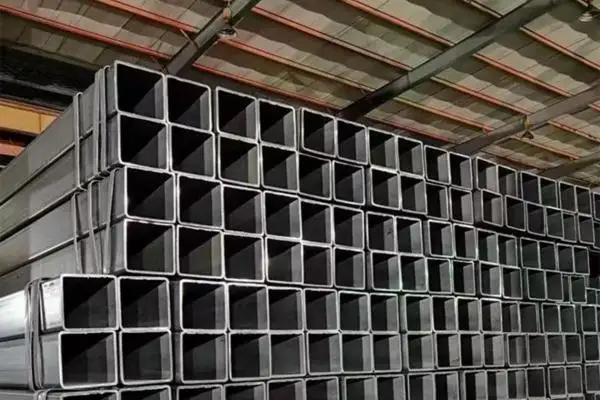Roller forming methods for LSAW (Longitudinal Submerged Arc Welded) steel pipes can be broadly categorized into three types: stage forming method, natural forming method, and vertical roller forming method.
Super Steel Manufacturing Co.,Ltd is professional LSAW steel pipe manufacturer, for more details, please contact:sales@super-steels.com
1. Stage Forming Method
The stage forming method utilizes a series of paired hole-shaped rollers arranged longitudinally to gradually shape the steel strip into a tube. It can be further classified based on transverse forming characteristics and longitudinal forming characteristics of the tube blank.
- Classification Based on Transverse Forming Characteristics
During continuous forming, the steel strip can undergo different bending approaches:
Edge bending method: Bending starts from the edges of the strip.
Center bending method: Bending begins from the middle of the strip.
Circumferential bending method: Bending occurs across the entire width of the strip.
Double-radius hole bending method: Utilizes a special hole pattern for controlled bending.
- Classification Based on Longitudinal Forming Characteristics
Depending on the bottom line distribution of the formed tube, LSAW steel pipe forming can be categorized into:
Uphill forming method: Generates the largest stretching effect.
Downhill forming method: Distributes longitudinal tensile strain more evenly, minimizing edge extension.
Bottom line horizontal method: Maintains a consistent bottom level throughout the forming process.
Edge line horizontal method: Keeps the edge line of the strip flat during forming.
- Advancements in Stage Forming Methods
Newer technologies, such as the W reverse bending forming method (which uses W-shaped reverse bending rollers in the early stages) and the F.F forming method (which incorporates a combination of flat and clustered vertical rollers), have been introduced to improve the quality and efficiency of LSAW steel pipe production.
2. Natural Forming Method
Also known as the row roller forming method (CFE), this technique positions a set of rollers along the tube billet's edges to control extension and deformation. The edge stretching is absorbed as compression deformation, allowing the steel strip to naturally bend into shape. This method effectively prevents excessive edge extension while maintaining precise forming control, making it particularly suitable for medium-diameter, thin-walled LSAW pipes (D > 400mm).
3. Vertical Roller Forming Method
This method employs a vertical roller group to constrain longitudinal deformation during the forming process. It combines elements of both stage forming and row roller forming, offering several advantages:
Minimal longitudinal stretching, ensuring minimal edge extension.
Versatility, as a single set of vertical rollers can form LSAW pipes of various specifications without requiring frequent roller changes.
Energy efficiency, since vertical rollers operate as passive rollers with low friction, reducing the power consumption needed for forming.
These advanced forming techniques play a crucial role in enhancing the structural integrity, precision, and efficiency of LSAW steel pipe production, making them a preferred choice for applications requiring high-strength, large-diameter welded pipes.



 English
English Español
Español Français
Français بالعربية
بالعربية





















